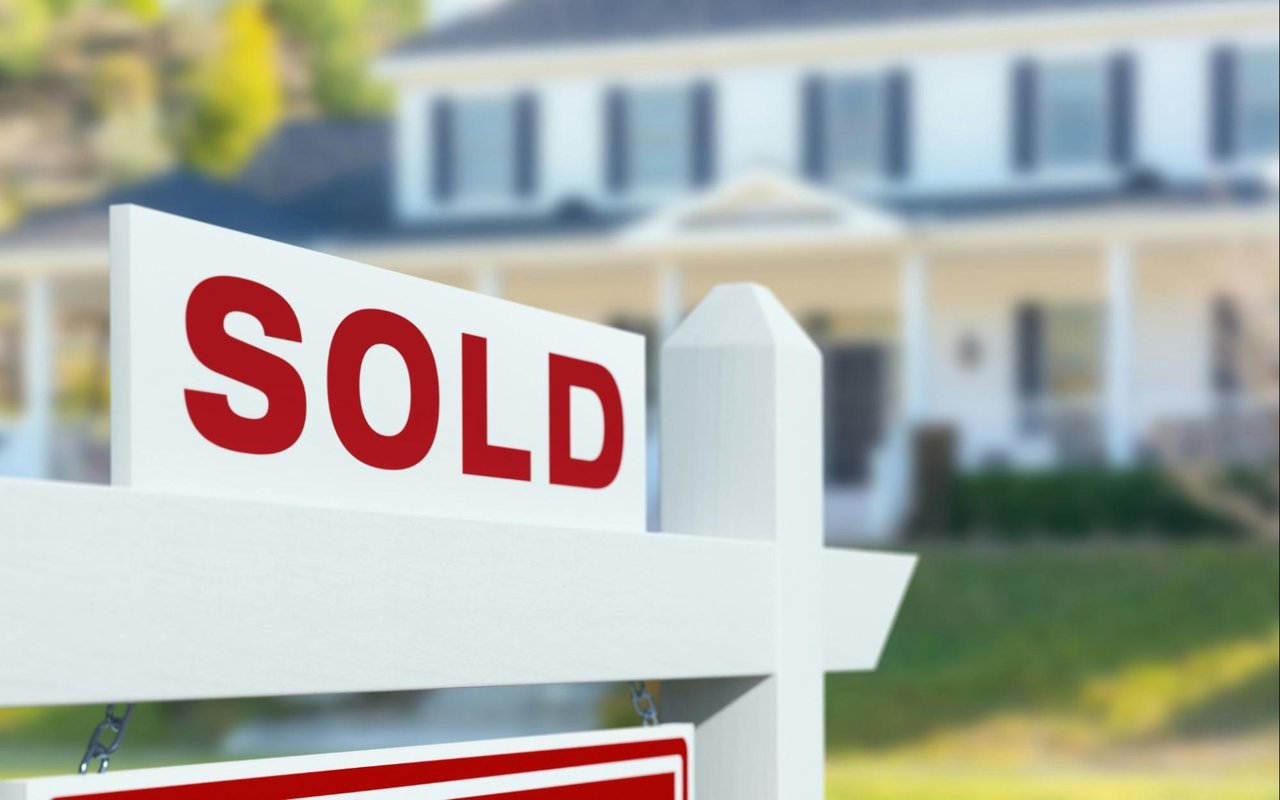When the time comes to make improvements to your home, one question often arises: which home renovations will yield the best return on investment? It's not a simple answer, as not all home improvements are created equal. According to Renofi, the national average ROI for home remodeling projects is around 70%. This means that most homeowners, on average, can expect to recoup about 70% of what they spend on their home renovations when they sell their house.
Average Return on Investment by Home Improvement Project
Before diving into specific projects, it's crucial to have an idea of the average ROI for various home renovations. This will guide your decisions and help you get the most value for your money. The following table, According to Remodeling by JLC, provides insights into some of the best ROI home improvements:
|
Project |
Avg. ROI % |
|
Midrange Bathroom Remodel |
60.1% |
|
Minor Kitchen Remodel |
72.2% |
|
Major Bathroom Remodel |
54.8% |
|
Major Kitchen Remodel |
57.4% |
|
Garage Door Replacement |
93.8% |
|
Wood Deck Addition |
65.8% |
|
Replace Windows |
68.6% |
Home improvements that boost your ROI
Kitchen transformations
A kitchen is often considered the heart of a home, and minor kitchen remodel projects can offer a significant boost in ROI. It's more than just adding a fresh coat of paint; consider changing outdated countertops, incorporating a new backsplash, and even upgrading some appliances.
Revamp your walls
A fresh coat of paint can do wonders in transforming a space. Neutral shades can make a room feel larger, brighter, and more appealing to potential buyers.
Give life to hardwood floors
Refinishing hardwood floors can rejuvenate a room and make it feel brand new. Most buyers appreciate the classic look and feel of hardwood floors, and a little polish can make a big difference.
Incorporate modern mirrors
Updating mirrors, especially in bathrooms, can instantly modernize a space. Larger mirrors can also make a space feel more expansive.
Update fittings and fixtures
Replacing old hardware on cabinets, doors, and even sinks can change the aesthetic of a room, making it more contemporary and fresh.
Exterior enhancements
Improving the facade of your house, from power washing to repainting, can significantly increase curb appeal. A neat driveway and well-maintained pathways can set the tone for potential buyers.
Add greenery to the front yard
Planting trees, bushes, and flowers doesn't just beautify your outdoor space, it also offers an inviting first impression and can even save on utility costs.
Carve out practical rooms
Using existing space to add functional spaces, like a home office or a reading nook, can increase the usability of a home, making it more appealing to potential buyers.
Make the most of hidden spaces
Don't leave areas like the attic or a dark and dingy basement untouched. Transforming them into warmer spaces can provide additional usable living space, increasing the square footage of your home.
Focus on bathroom upgrades
Bathroom renovations, whether minor or major, can greatly enhance the feel and function of a house. From simple bath remodels to complete overhauls, it's an area that most buyers closely inspect.
Elements that influence ROI and resale price
The surrounding area
The neighborhood in which a home is located can play a significant role in its resale value. Local trends and amenities can influence potential buyers. Moreover, the overall vibe and community feel of a neighborhood can sway decisions. Whether there are parks nearby, quality schools in proximity, or convenient shopping and dining options, these factors can add to the allure of a house. Often, homes located in areas with a rich history, cultural significance, or architectural charm tend to attract potential buyers who value these aspects. It's essential to keep in mind that home improvements ROI can be directly impacted by the neighborhood's characteristics and the type of potential buyers it attracts.
Geographic factors
Depending on the region, certain home improvements may have a higher ROI. For example, energy-efficient upgrades might be more valued in colder regions. Similarly, in coastal areas, homes built with weather-resistant materials or those having flood protection measures might fetch a better price. In sunnier climates, homes with outdoor spaces, like patios and pools, or those equipped with solar panels, might see a better return on investment. Homeowners should consider the specific demands and preferences of their geographic location. By aligning home renovations with these regional needs, one ensures a better alignment with what potential buyers in the area are looking for.
Current market conditions
The real estate market fluctuates, and knowing whether it's a buyer's or seller's market can guide home renovation decisions. When it's a seller's market, and home prices are high, making more significant home improvements could yield a substantial return. On the other hand, in a buyer's market where prices are lower, and there's more competition, it might be wiser to focus on essential repairs and minor upgrades that enhance the home's overall appeal. It's also crucial to consider the speed at which homes are selling in the area. If houses are selling quickly, it might indicate a high demand, and making home improvements could potentially push the house's value even higher. Conversely, if the market is slow, it could be beneficial to consult with a local realtor on the most valuable renovations for the specific market conditions.
Project duration
Embarking on a home renovation can be an exhilarating journey, brimming with the possibilities of transformation and enhancement. However, the time factor remains crucial. If your sights are set on selling your home soon, diving into an extensive renovation might not be the most strategic move. Lengthy projects could tie you down for months, sometimes even years, delaying your selling plans. Moreover, potential buyers might be deterred by ongoing construction or the prospect of moving into a house that's still a work in progress. On the other hand, short-term renovation projects, like kitchen updates or bathroom facelifts, can elevate your home's value and appeal without significant delays. The key is to strike a balance: choose projects that enhance your property's marketability while ensuring that your home remains ready for a timely sale.
Unforeseen costs and complications
The path of home renovation, while often rewarding, is not without its fair share of bumps and surprises. Beneath the surface of your walls, floors, or ceilings could lie issues you never anticipated: outdated wiring, hidden water damage, structural concerns, or even pest infestations. Uncovering these problems mid-renovation can lead to additional work and, consequently, escalating costs. Therefore, while budgeting for your project, it's prudent to set aside a contingency fund, typically 10-20% of the total projected cost. This financial cushion ensures you're prepared for unforeseen complications without compromising on the quality or scope of your renovation. Remember, a well-executed renovation not only enhances your living space but can also save you from potential problems down the line. Being financially and mentally prepared for surprises ensures the process remains as smooth and stress-free as possible.
About Pamela Strike Fullerton
Pamela Strike Fullerton, a nationally recognized Realtor® from the East Bay, embarked on her journey in Salt Lake City, where she was born. If you're looking to buy or sell a home or have any questions about the California real estate market, contact Pamela Strike Fullerton today! Ready to sell your house? Let Pamela help you find out more on our Seller's Guide. If you want to buy a home in Oakland, Piedmont, and other Neighborhoods check out our Featured Properties in the area.
*Header photo courtesy of Pamela Strike Fullerton
*Header photo courtesy of Pamela Strike Fullerton




